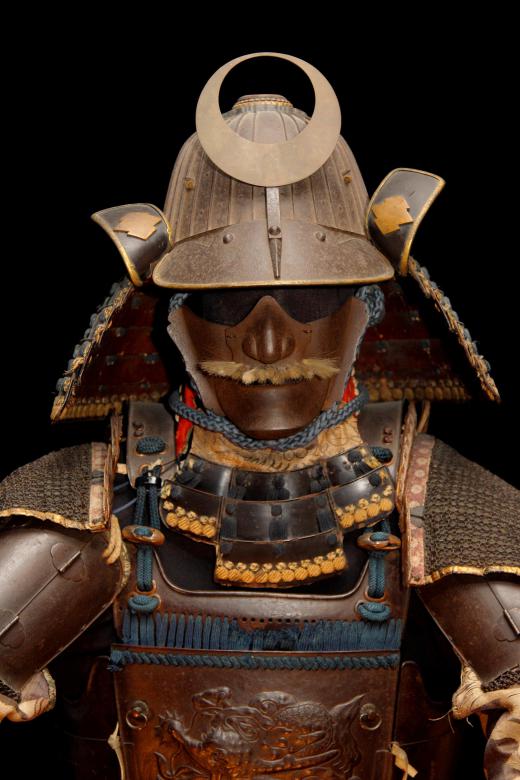Kendo which translates literally to 'The Way of the Sword', is a contemporary Japanese martial art that evolved from the traditions of the samurai, the warrior class of ancient Japan, based upon sword fencing techniques developed over centuries of combat. Like many Japanese martial arts, the philosophical foundations of Kendo revolve around the precepts of Zen Buddhism, and the guiding belief that enlightenment and heightened awareness, flow from the ability to focus and calm the mind. Following in the footsteps of the samurai, modern practitioners of Kendo, or 'Kendoka', as they are called, strive not only to master the physical techniques of the Japanese sword, but, also, the mental and spiritual aspects as well.
Although Kendo’s roots lie with the ancient samurai, the art has evolved over the centuries, adapting as societal conditions changed, to its present form where competition between practitioners involves not life and death combat with razor sharp blades, but controlled matches governed by strict rules of conduct, and non-lethal instruments. This difference in focus, distinguishes Kendo from 'Kenjutsu', which is also a Japanese sword art deriving from traditional fencing. Unlike Kendo, whose techniques are updated for practice as a non-lethal aesthetic, Kenjutsu’s primary focus is combat and warfare, and as such, closely parallels the actual lethal techniques employed by the samurai on the field of battle.

In place of the katana, the traditional sword of the samurai, modern Kendoka use shinai, an implement constructed of four bamboo staves bound together at specific junctures with leather bands. This non-lethal weapon, along with the use of body armor, or 'bogu', as it is referred to in Kendo, enable Kendoka to engage in fencing contests without the fear of death or serious bodily injury. The bogu is modeled after the traditional armor of the samurai, which unlike the cumbersome metal armor of European knights, was lightweight and designed for optimal movement and flexibility.

Kendo practice traditionally takes place in a training hall or, 'dojo'. Organization of a dojo is hierarchical, with the master at the top, and beginning students at the bottom. As in the other Japanese martial arts, the belt or 'kyu' system is employed, with the highest rank or 'dan' being the black belt. Students train in Kendo through the practice of 'kata', a series of formal exercises passed down through time that replicate the movements and techniques required in traditional combat. In addition to learning and practicing the different kata, Kendoka also engage in informal matches known as 'keiko' or 'kumite' which are moderated by senior members of the dojo, and test the practitioner’s live combat ability.
A challenging and rigorous martial art, Kendo distinguishes itself from other forms of martial endeavor primarily due to its intense involvement with observing the etiquette and form of established traditions. While other martial arts primarily focus on the physical performance of the practitioner, Kendo is concerned equally with the mental and spiritual development of the individual as well. Through the mastery of traditional kata and the experience of kumite, Kendoka strive to achieve the same sense of transcendence and discipline exemplified by the samurai, Japan’s original swordsmen.
